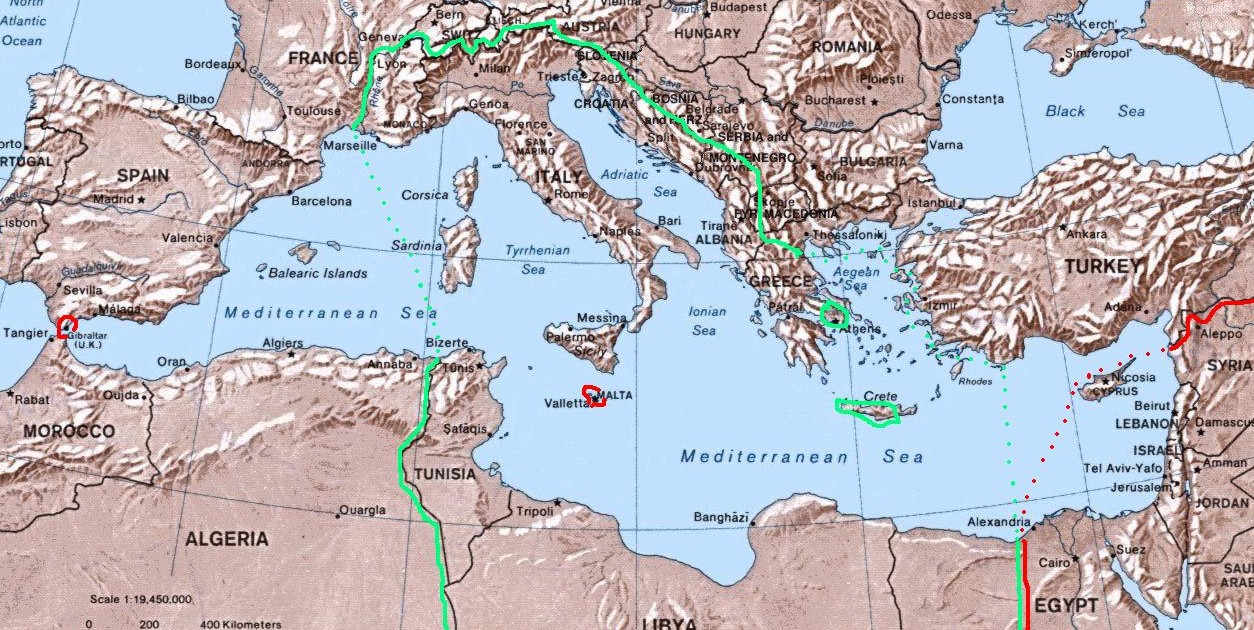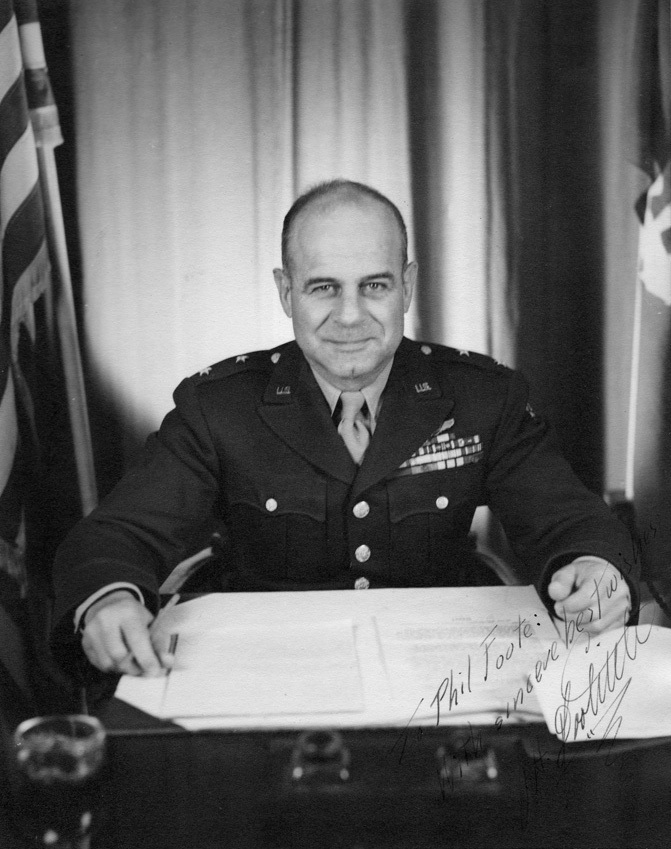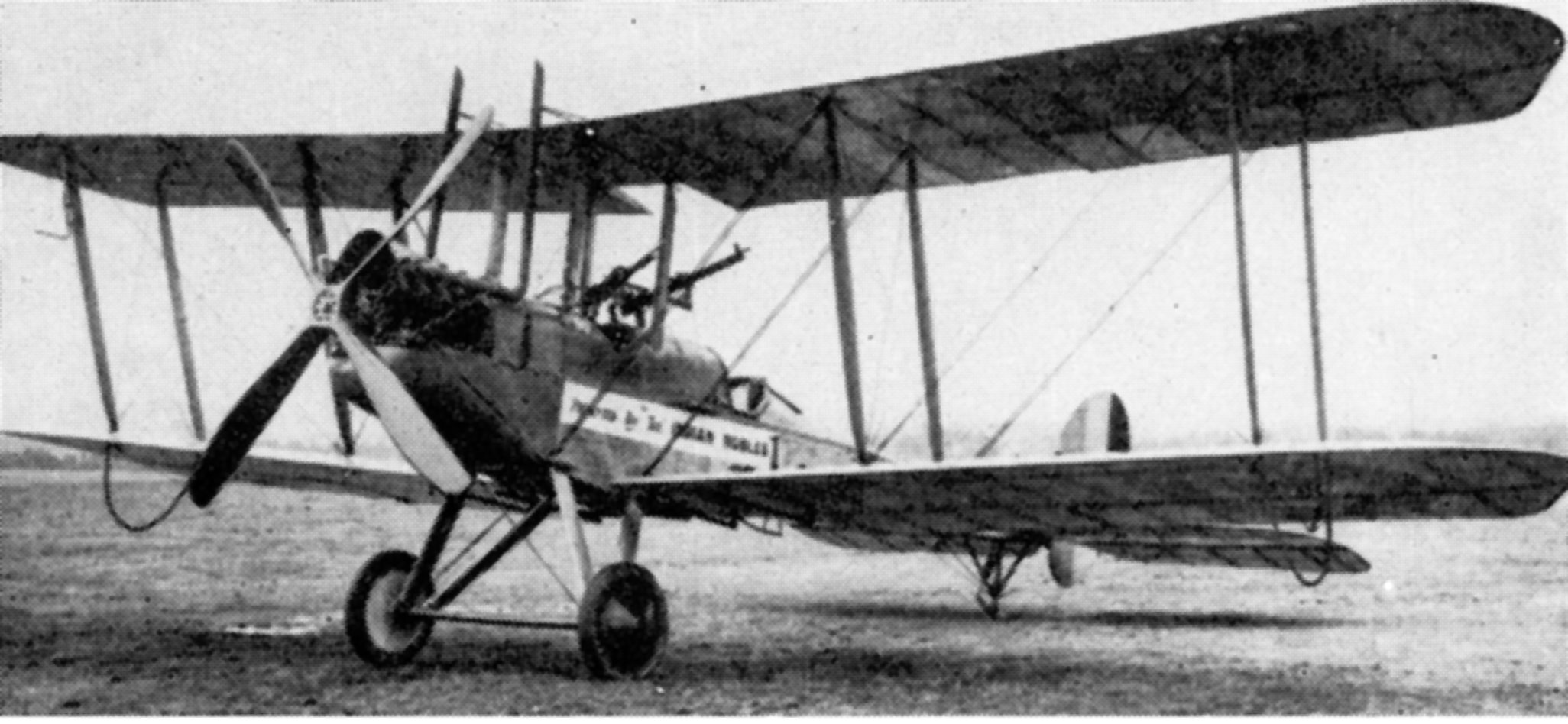|
Dornier Do 217
The Dornier Do 217 was a bomber used by the German ''Luftwaffe'' during World War II. It was a more powerful development of the Dornier Do 17, known as the ''Fliegender Bleistift'' (German: "flying pencil"). Designed in 1937-38 as a heavy bomber but not meant to be capable of the longer-range missions envisioned for the larger Heinkel He 177, the Do 217's design was refined during 1939 and production began in late 1940. It entered service in early 1941 and by the beginning of 1942 was available in significant numbers. The Dornier Do 217 had a much larger bomb load and a much greater range than the Do 17. In later variants, dive bombing and maritime strike capabilities using glide bombs were experimented with, considerable success being achieved. Early Do 217 variants were more powerful than the contemporary Heinkel He 111 and Junkers Ju 88, having a greater speed, range and bomb load. Owing to this it was called a heavy bomber rather than a medium bomber. The Do 217 served on al ... [...More Info...] [...Related Items...] OR: [Wikipedia] [Google] [Baidu] |
Medium Bomber
A medium bomber is a military bomber Fixed-wing aircraft, aircraft designed to operate with medium-sized Aerial bomb, bombloads over medium Range (aeronautics), range distances; the name serves to distinguish this type from larger heavy bombers and smaller light bombers. Mediums generally carried about two tons of bombs, compared to light bombers that carried one ton, and heavies that carried four or more. The term was used prior to and during World War II, based on available parameters of Aircraft engine, engine and Aerospace engineering, aeronautical technology for bomber aircraft designs at that time. After the war, medium bombers were replaced in world air forces by more advanced and capable aircraft. History In the early 1930s many air forces were looking to modernize their existing bomber aircraft fleets, which frequently consisted of older biplanes. The new designs were typically twin-engined monoplanes, often of all-metal construction, and optimized for high enough pe ... [...More Info...] [...Related Items...] OR: [Wikipedia] [Google] [Baidu] |
Western Front (World War II)
The Western Front was a European theatre of World War II, military theatre of World War II encompassing Denmark, Norway, Luxembourg, Belgium, the Netherlands, the United Kingdom, French Third Republic, France, and Nazi Germany, Germany. The Italian campaign (World War II), Italian front is considered a separate but related theatre. The Western Front's 1944–1945 phase was officially deemed the European Theater of Operations, United States Army, European Theater by the United States, whereas Italy fell under the Mediterranean Theater of Operations, United States Army, Mediterranean Theater along with the North African campaign. The Western Front was marked by two phases of large-scale combat operations. The first phase saw the capitulation of Luxembourg, Netherlands, Belgium, and France during May and June 1940 after their defeat in the Low Countries and the northern half of France, and continued into an air war between Germany and Britain that climaxed with the Battle of Brita ... [...More Info...] [...Related Items...] OR: [Wikipedia] [Google] [Baidu] |
Bundesarchiv Bild 101I-342-0603-25, Belgien-Frankreich, Flugzeuge Dornier Do 17
The German Federal Archives or Bundesarchiv (BArch) (, lit. "Federal Archive") are the national archives of Germany. They were established at the current location in Koblenz in 1952. They are subordinated to the Federal Commissioner for Culture and the Media ( Claudia Roth since 2021) under the German Chancellery, and before 1998, to the Federal Ministry of the Interior. On 6 December 2008, the Archives donated 100,000 photos to the public, by making them accessible via Wikimedia Commons. History The federal archive for institutions and authorities in Germany, the first precursor to the present-day Federal Archives, was established in Potsdam, Brandenburg in 1919, a later date than in other European countries. This national archive documented German government dating from the founding of the North German Confederation in 1867. It also included material from the older German Confederation and the Imperial Chamber Court. The oldest documents in this collection dated back to the ... [...More Info...] [...Related Items...] OR: [Wikipedia] [Google] [Baidu] |
Swiss Air Force
The Swiss Air Force (; ; ; ) is the air component of the Swiss Armed Forces, established on 31 July 1914, three days after the outbreak of World War I, as a part of the Swiss Army, army and in October 1936 as an independent service. In peacetime, Dübendorf is the operational air force headquarters. The Swiss Air Force operates from several fixed bases (see current status) but its personnel are also trained to carry out air operations from temporary highway airstrips. In case of crisis or war, several stretches of road are specially prepared for this option. History Early years The first military aviation in Switzerland took the form of Balloon (aeronautics), balloon transport, pioneered by Swiss balloonist Eduard Spelterini, but by 1914 there was still little official support for an air corps. The outbreak of World War I changed opinions drastically and cavalry officer Theodor Real was charged with forming a flying corps. He commandeered three civilian aircraft at Bern's air ... [...More Info...] [...Related Items...] OR: [Wikipedia] [Google] [Baidu] |
Italian Battleship Roma (1940)
''Roma'', named after Italian battleship Roma, two previous ships and the city of Rome, was the third -ship class, class battleship of Italy's ''Regia Marina'' (Royal Navy). The construction of both ''Roma'' and her sister ship was due to rising tensions around the world and the navy's fear that only two ''Littorio''s, even in company with older pre-First World War battleships, would not be enough to counter the British and French Mediterranean fleets in case of a possible Franco-British alliance. As ''Roma'' was laid down almost four years after the first two ships of the class, some small improvements were made to the design, including additional freeboard added to the bow. ''Roma'' was ship commissioning, commissioned into the ''Regia Marina'' on 14 June 1942, but a severe fuel shortage in Italy at that time prevented her from being deployed; instead, along with her sister ships and , she was used to bolster the anti-aircraft defenses of various Italian cities. In this role, ... [...More Info...] [...Related Items...] OR: [Wikipedia] [Google] [Baidu] |
Battleship
A battleship is a large, heavily naval armour, armored warship with a main battery consisting of large naval gun, guns, designed to serve as a capital ship. From their advent in the late 1880s, battleships were among the largest and most formidable weapon systems ever built, until they were surpassed by aircraft carriers beginning in the 1940s. The modern battleship traces its origin to the sailing ship of the line, which was developed into the steam ship of the line and soon thereafter the ironclad warship. After a period of extensive experimentation in the 1870s and 1880s, ironclad design was largely standardized by the British , which are usually referred to as the first "pre-dreadnought battleships". These ships carried an armament that usually included four large guns and several medium-caliber guns that were to be used against enemy battleships, and numerous small guns for self-defense. Naval powers around the world built dozens of pre-dreadnoughts in the 1890s and early ... [...More Info...] [...Related Items...] OR: [Wikipedia] [Google] [Baidu] |
Fritz X
Fritz X was a German guided anti-ship glide bomb used during World War II. Developed alongside the Henschel Hs 293, ''Fritz X'' was one of the first precision guided weapons deployed in combat. ''Fritz X'' was a nickname used both by Allied and ''Luftwaffe'' personnel. Alternative names include Ruhrstahl SD 1400 X, Kramer X-1, PC 1400X or FX 1400 (the latter, along with the unguided PC 1400 ''Fritz'' nickname, is the origin for the name "Fritz X"). History ''Fritz X'' was a further development of the PC 1400 (''Panzersprengbombe, Cylindrisch'' 1,400 kg):de:Deutsche Abwurfmunition des Zweiten Weltkrieges#Panzersprengbombe (PC und PD), German Wikipedia's WW II PC-series bomb specifications, German for "armour-piercing bomb, cylindrical". armour-piercing high-explosive bomb, itself bearing the nickname ''Fritz''. It was a penetration weapon intended to be used against armoured targets such as heavy cruisers and battleships. It was given a more aerodynamic nose, four stub ... [...More Info...] [...Related Items...] OR: [Wikipedia] [Google] [Baidu] |
Precision-guided Munition
A precision-guided munition (PGM), also called a smart weapon, smart munition, or smart bomb, is a type of weapon system that integrates advanced guidance and control systems, such as Global Positioning System, GPS, laser guidance, or Infrared search and track, infrared sensors, with various types of Ammunition, munitions, typically Missile, missiles or Shell (projectile), artillery shells, to allow for high-accuracy strikes against designated Targeting (warfare), targets. PGMs are designed to precisely hit a predetermined target, typically with a margin of error (or circular error probable, CEP) that is far smaller than conventional unguided munitions. Unlike unguided munitions, PGMs use active or passive Control system, control mechanisms capable of steering the weapon towards its intended target. PGMs are capable of mid-flight course corrections, allowing them to adjust and hit the intended target even if conditions change. PGMs can be deployed from various platforms, includi ... [...More Info...] [...Related Items...] OR: [Wikipedia] [Google] [Baidu] |
Battle Of The Mediterranean
The Battle of the Mediterranean was the name given to the naval campaign fought in the Mediterranean Sea during World War II, from 10 June 1940 to 2 May 1945. For the most part, the campaign was fought between the Kingdom of Italy, Italian Regia Marina, Royal Navy (''Regia Marina''), supported by other Axis Powers, Axis naval and air forces, those of Nazi Germany and Vichy France, and the United Kingdom, British Royal Navy, supported by other Allies of World War II, Allied naval forces, such as those of Australia, the Netherlands, Poland, and Kingdom of Greece, Greece. American naval and air units joined the Allied side on 8 November 1942. The Vichy French Scuttling of the French fleet at Toulon, scuttled the bulk of their fleet on 27 November 1942, to prevent the Germans seizing it. As part of the Armistice of Cassibile in September 1943, most of the Italian Navy became the Italian Co-belligerent Navy, and fought alongside the Allies. Each side had three overall objectives in ... [...More Info...] [...Related Items...] OR: [Wikipedia] [Google] [Baidu] |
Defence Of The Reich
The Defence of the Reich () is the name given to the military strategy, strategic defensive aerial campaign fought by the Luftwaffe of Nazi Germany over German-occupied Europe and Germany during World War II against the Allied Strategic bombing during World War II, strategic bombing campaign. Its aim was to prevent the destruction of German civilians, military and civil industries by the Allies of World War II, Western Allies. The day and night air battles over Germany during the war involved thousands of aircraft, units and aerial engagements to counter the Allies bombing campaigns. The campaign was one of the longest in the history of aerial warfare and with the Battle of the Atlantic and the Allied Blockade of Germany (1939–1945), naval blockade of Germany was the longest of the war. The Luftwaffe fighter force defended the airspace of German-occupied Europe against attack, first by RAF Bomber Command and then against the RAF and United States Army Air Forces (USAAF) in the ... [...More Info...] [...Related Items...] OR: [Wikipedia] [Google] [Baidu] |
Night Fighter
A night fighter (later known as all-weather fighter or all-weather interceptor post-Second World War) is a largely historical term for a fighter aircraft, fighter or interceptor aircraft adapted or designed for effective use at night, during periods of adverse meteorological conditions, or in otherwise poor visibility. Such designs were in direct contrast to day fighter, day fighters: fighters and interceptors designed primarily for use during the day or during good weather. The concept of the night fighter was developed and experimented with during the First World War but would not see widespread use until WWII. The term would be supplanted by “all-weather fighter/interceptor” post-WWII, with advancements in various technologies permitting the use of such aircraft in virtually all conditions. During the Second World War, night fighters were either purpose-built night fighter designs, or more commonly, heavy fighters or light bombers adapted for the mission, often employing ... [...More Info...] [...Related Items...] OR: [Wikipedia] [Google] [Baidu] |
Battle Of Normandy
Operation Overlord was the codename for the Battle of Normandy, the Allied operation that launched the successful liberation of German-occupied Western Europe during World War II. The operation was launched on 6 June 1944 (D-Day) with the Normandy landings (Operation Neptune). A 1,200-plane airborne assault preceded an amphibious assault involving more than 5,000 vessels. Nearly 160,000 troops crossed the English Channel on 6 June, and more than two million Allied troops were in France by the end of August. The decision to undertake cross-channel landings in 1944 was made at the Trident Conference in Washington in May 1943. American General Dwight D. Eisenhower was appointed commander of Supreme Headquarters Allied Expeditionary Force, and British General Bernard Montgomery was named commander of the 21st Army Group, which comprised all the land forces involved in the operation. The Normandy coast in northwestern France was chosen as the site of the landings, with the Am ... [...More Info...] [...Related Items...] OR: [Wikipedia] [Google] [Baidu] |










